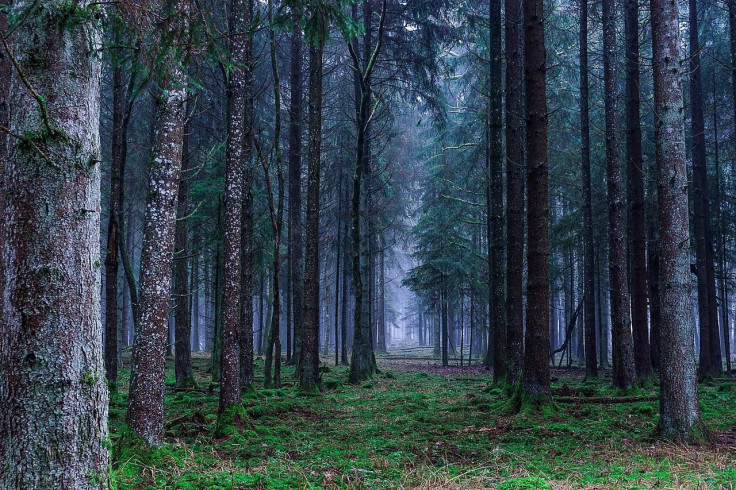Humans Have Stripped Europe’s Forests In Half In 6,000 Years

Humans have cleared about half of Europe’s forests through their history of settling into farming societies and then building civilizations.
Deforestation is not an invention of modern nations, but rather goes back thousands of years, a new study in the journal Scientific Reports said. Human activity has transformed Europe from a primarily tree-covered area into a more open landscape and a new data analysis shows just how extensive that transformation has been.
“Prior to Neolithic agriculture, Europe was mostly a wooded continent,” according to the study. “Since then, its forest cover has been progressively fragmented, so that today it covers less than half of Europe’s land area, in many cases having been cleared to make way for fields and pasture-land.”
Scientists analyzed data on pollen coverage from more than 1,000 locations across Europe and say they found a pattern suggesting about half of the continent’s forested land has been cleared out in the last 6,000 years. They say that Europe is roughly one-third forest right now, but that proportion used to be two-thirds.
That intensive tree clearing took place after several thousand years of increasing forest.
The coastal areas of Europe and the more western areas took the biggest hit, even as far back as the Bronze Age.
However, the University of Plymouth notes that forested areas are back to trending in the other direction, with recent environmental efforts and changes to the way humans harvest fuel and build their communities relieving some of the pressure on forests.
“Generally, forest loss has been a dominant feature of Europe’s landscape ecology in the second half of the current interglacial, with consequences for carbon cycling, ecosystem functioning and biodiversity,” lead study author Neil Roberts said in the university statement. “Around 8,000 years ago, a squirrel could have swung tree to tree from Lisbon to Moscow without touching the ground.”
The idea that humans have been cutting into the tree population well before the modern era is not a new concept. Archaeological evidence has pointed to humans changing Earth’s tropical forests for at least 45,000 years, back when the species was split into groups of hunters and gatherers. In the beginning, the changes were smaller actions like burning or otherwise clearing parts of the forest to draw out animals for food. When humans moved into agriculture, they altered forest ecology by growing crops and domesticating livestock, eventually clearing the forest to build bigger farms. In the modern world, forests have been sacrificed to make way for urban development and to use wood as building tools.
Roberts told International Business Times that having information on historical forest coverage “gives us a baseline reference state” that could be helpful to restoration efforts.
“In North America we sometimes have a good idea what the vegetation and landscape was like at the time of first European settlement, because it was mapped before being turned into farmland,” he explained. “But in Europe, we don’t, because the process of forest clearance for farming started more than 6,000 years ago. Clearly it makes little sense to ‘restore’ an area to forest if it was never forest in the first place.”
The data also give scientists an idea how much early deforestation could have contributed to the amount of carbon dioxide in the atmosphere.
© Copyright IBTimes 2024. All rights reserved.





















